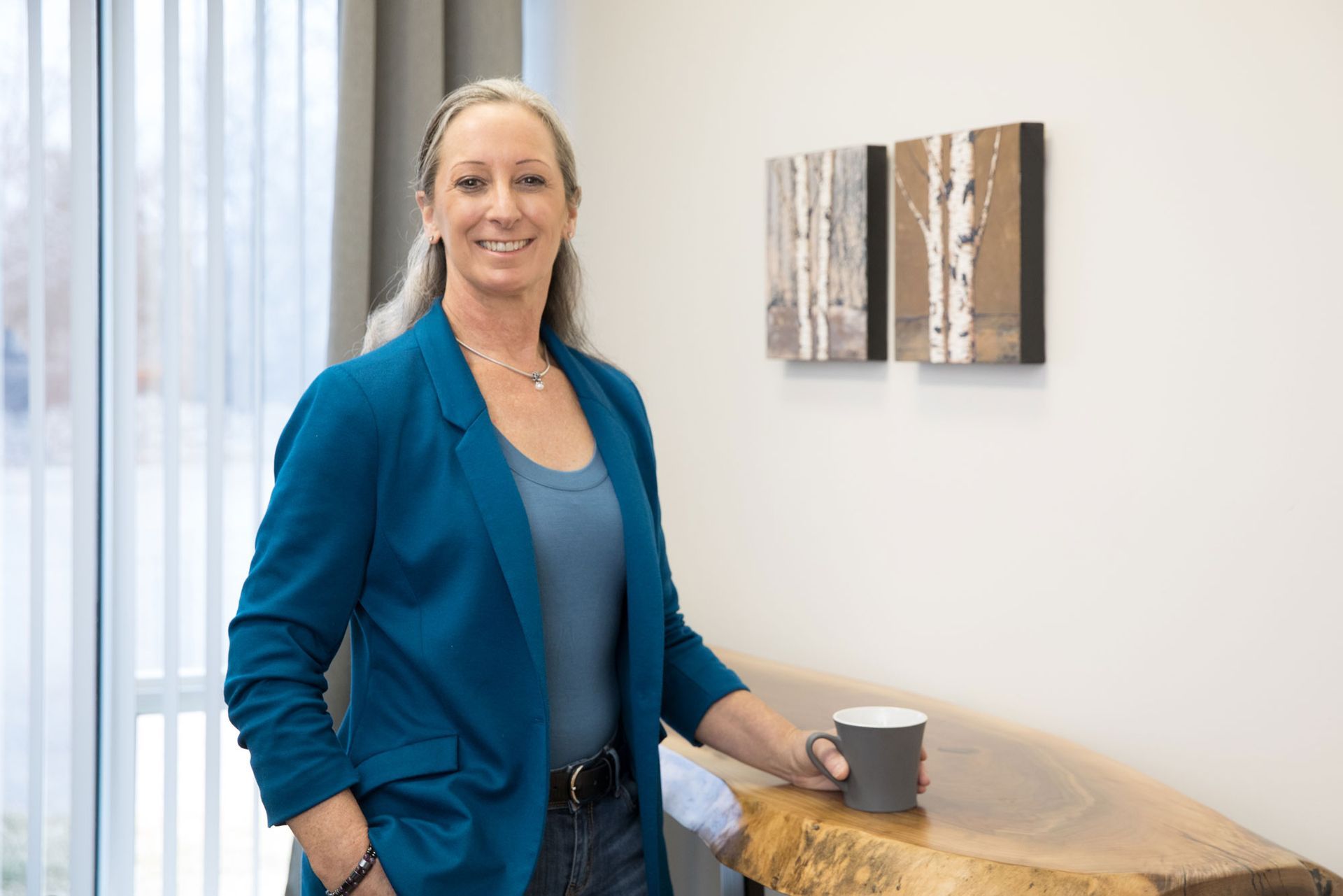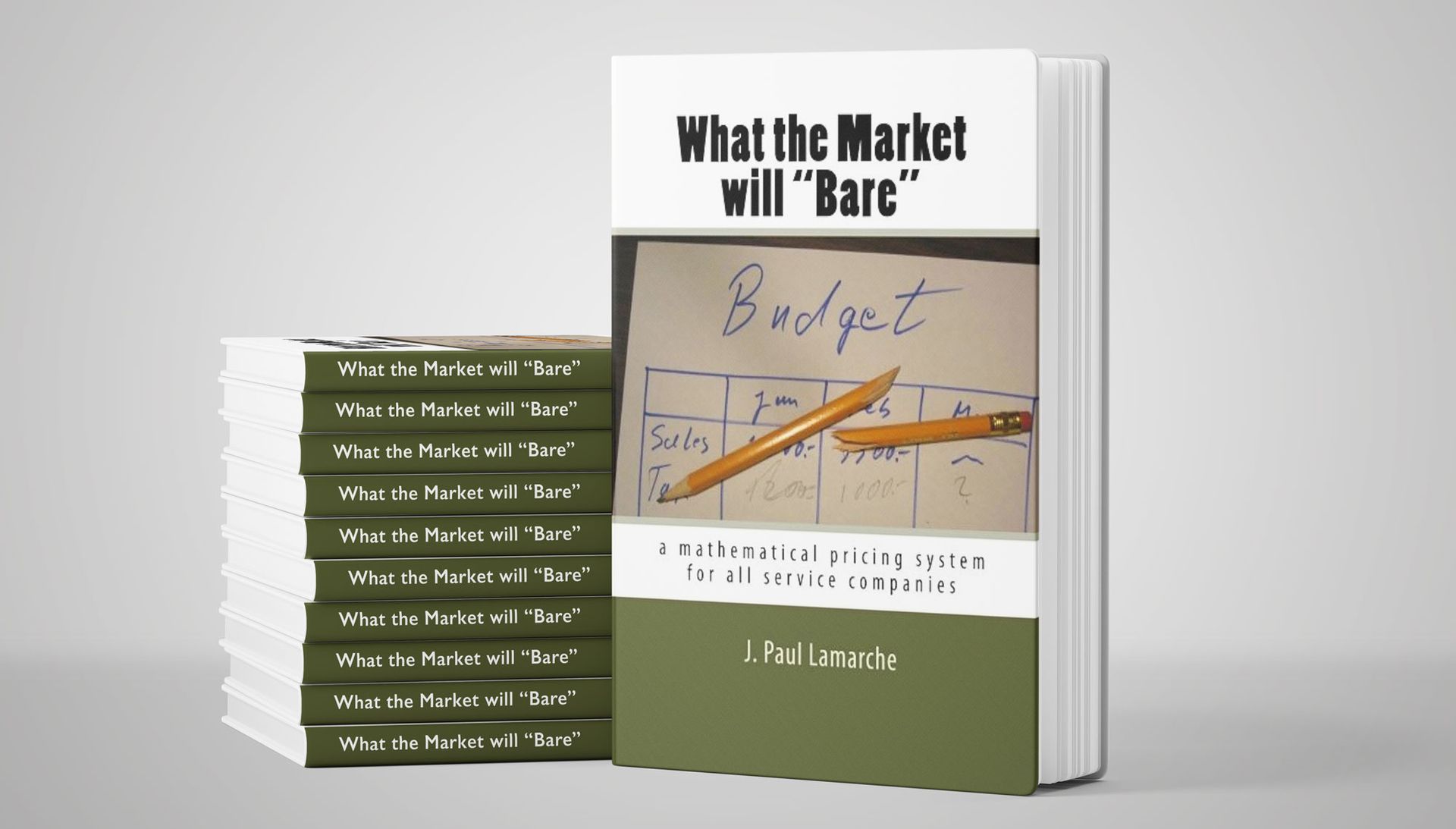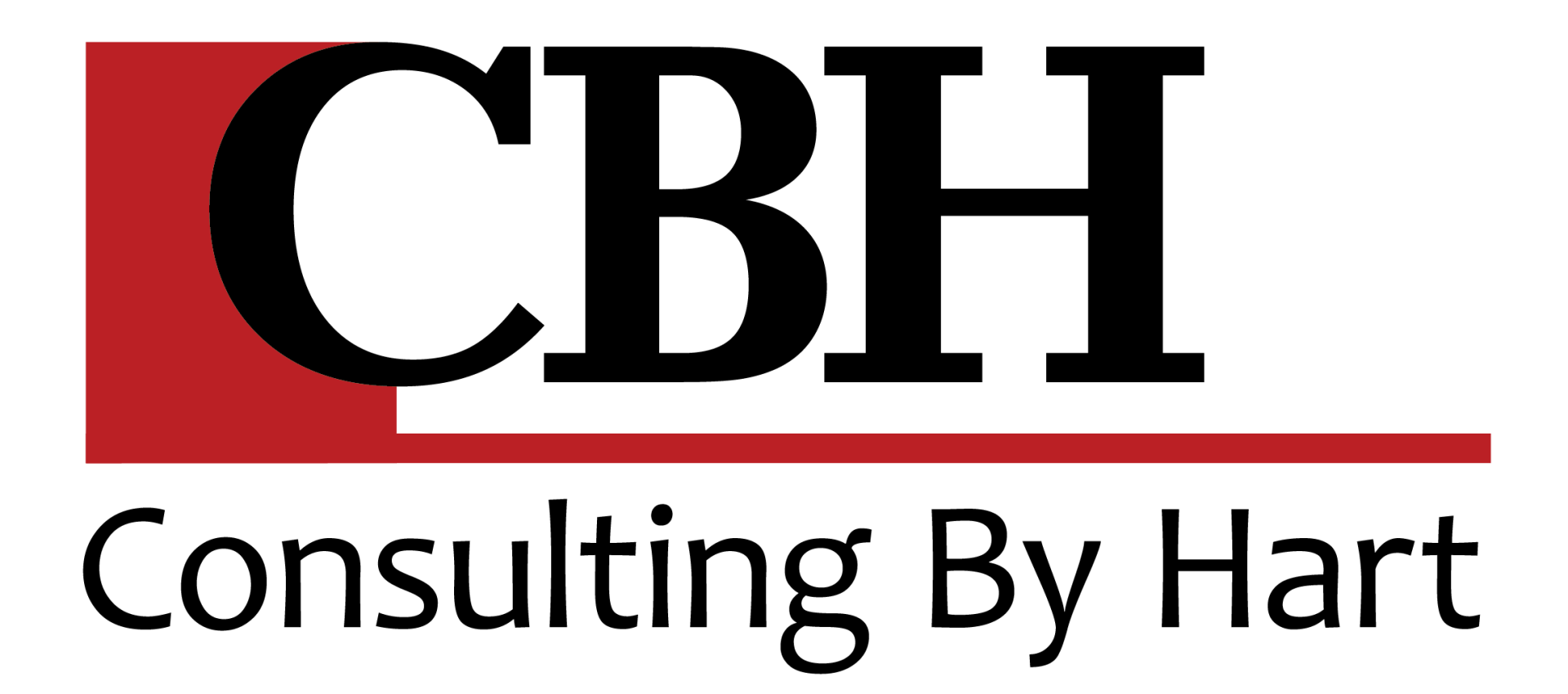HR Strategies: Building Employee Loyalty
At the start of every calendar year, every business manager and owner I've ever met leaps enthusiastically into the new year with renewed enthusiasm for improved results.
One of the most challenging, and yet, most effective way to create sustainable 'next level' success in your business, is to focus on Company Citizenship.
In this, our first issue of the CBH Newsletter, I've some great tips to get you on to the Company Citizenship fast track!
To get you thinking, check out this quote from Starbucks CEO Howard Schultz: “You can’t expect your employees to exceed the expectations of your customers, if you don’t exceed your employees’ expectations of management.” Read that quote slowly again.
Here’s a great checklist I've created to help you start building your Company Citizenship program:
1. Recruiting and hiring: Look for learners when you hire; the people who have a desire to grow. Hire people who are keen to take advantage of the resources your company provides them to excel. Bake this into your culture before they step through your door.
2. Benefits and incentives: Offer benefits, training, bonuses and perks when you can. Have a clearly defined policy, levels, goals and rewards, and communicate them. Create inviting career paths.
3. Onboarding: This new term describes how new employees acquire the knowledge, skills and behaviours to become effective organizational insiders. Not to be confused with ‘orientation.’ Accept that it will take nine to 12 months for a new employee to reach peak performance. The fact is, if you skip this process, you’ll lose approximately 60 per cent of your workforce within a year. Provide orientation, create confidence, a trusted culture, ensure training, welcome questions and walk your talk.
4. Inclusive environment: A hallmark of Gen-Y is their desire to extract more intrinsic value out of their employers: Millennials want to connect. We are heading into an era of total complete transparency of information. Learn to embrace and shift your paradigm.
5. Frequent feedback: Give honest feedback in real time. Conduct assessments often, even if informal. Highlight positive contributions — especially for Millennials.
6. Invest in employees: Many employees exit companies because they feel underused — engage their potential. Without a clear career structure and proper socialization, new employees will disengage. Consider hiring ‘higher’ to lower your training and onboarding costs and inefficiencies.
7. Retention: Provide smart and focused goals, positive leadership, growth opportunities, autonomy and a collaborative environment. Put equal emphasis on personal development and professional development to ensure a work-life balance.
8. Separation: As more Millennials enter the work force, they are changing the concept of turnover and career fluidity. We have to work harder to retain talent and change the way we look at turnover. When Millennials inevitably leave, remember it is a part of growth — for both of you. Celebrate and get excited for next steps.
Virgin Group founder, Sir Richard Branson, is renowned for saying, “Train people well enough so they can leave, treat them well enough so that they don’t want to.” We all know training is expensive, but the cost of not training well, including the company mind set, is even higher.
As entrepreneurs, our default mode it to simply do things ourselves and to keep tons of important information crammed in our head where no one else can access it. In order to properly train people and fully engage their true potential contribution on your team, you have to download much of your knowledge to the team and communicate it clearly to the right person at the right time.
Now that we are heading into the 2017, why not carve out a couple of hours for a meeting with yourself? The agenda for this meeting is to review the eight areas listed above and assign a score for you or your company for each. Make some notes as a reminder for this year as to how and where you can best focus on building better loyalty.
Other Articles That May Interest You:





